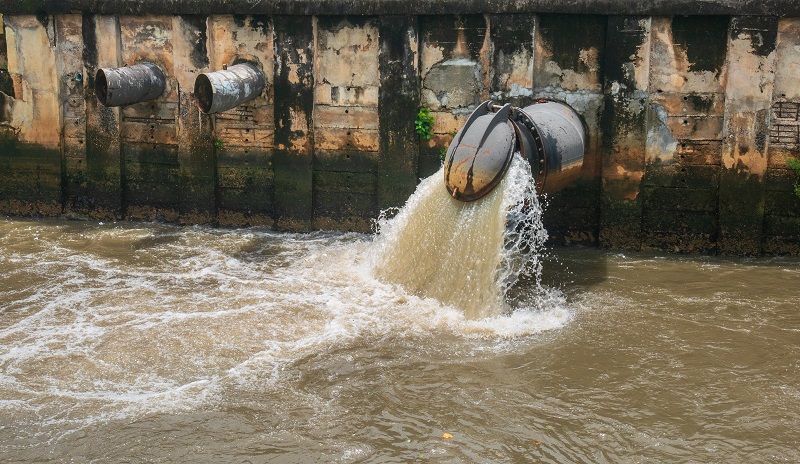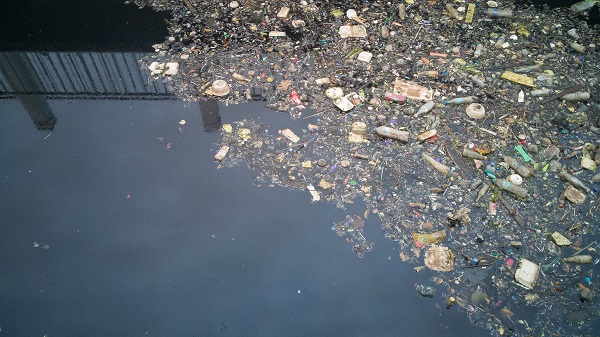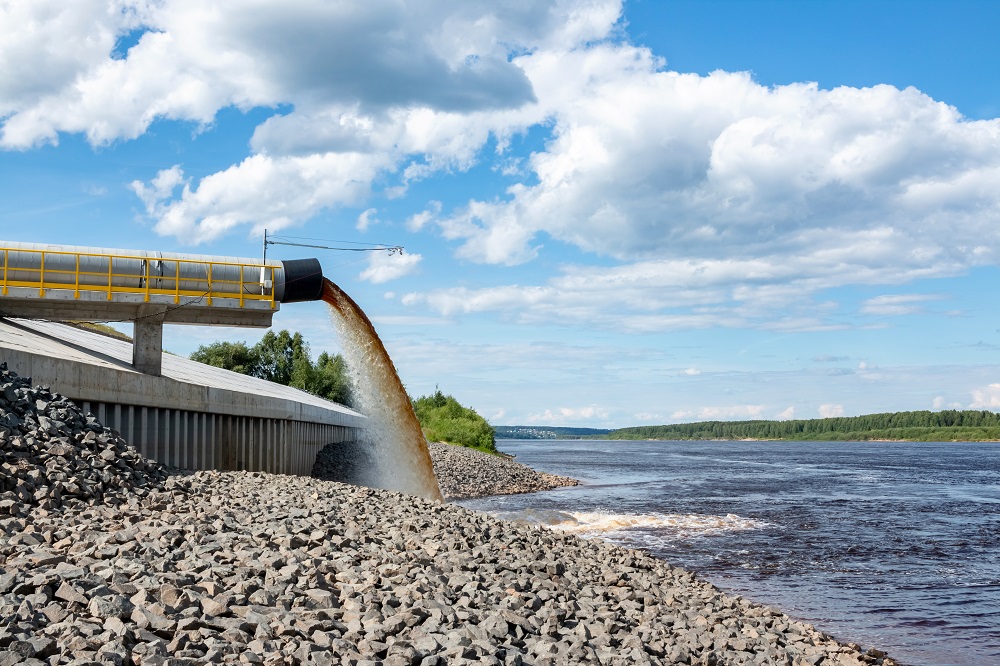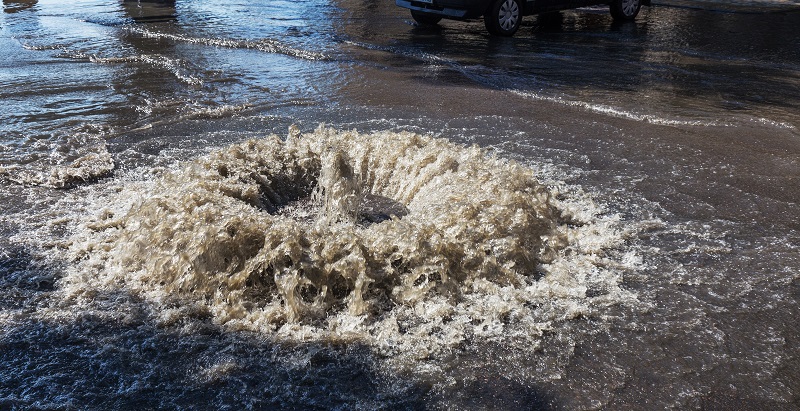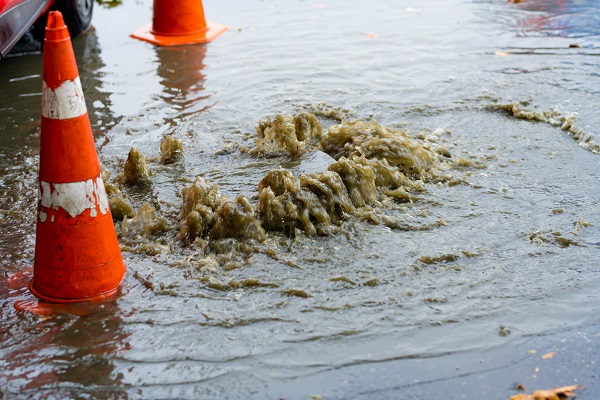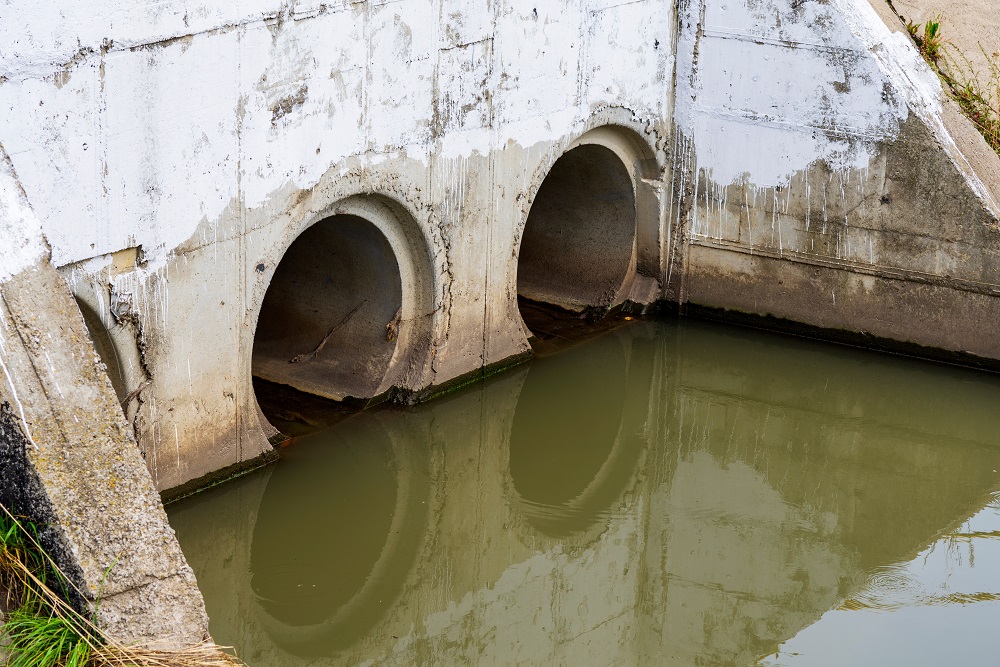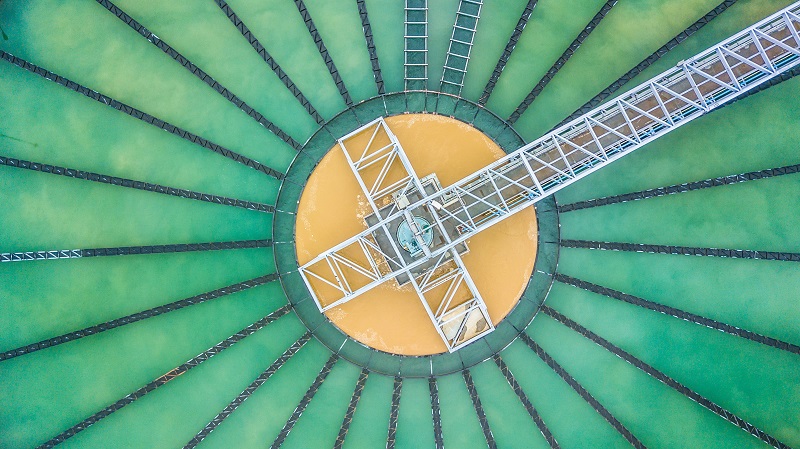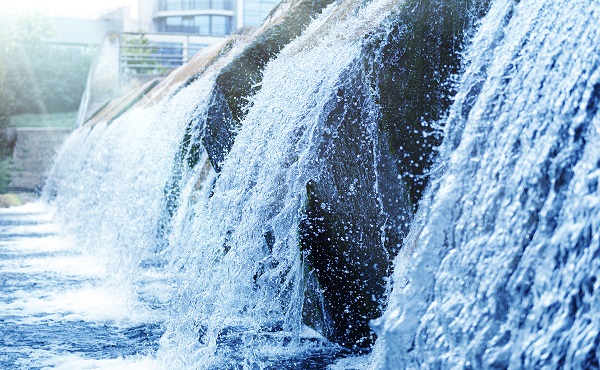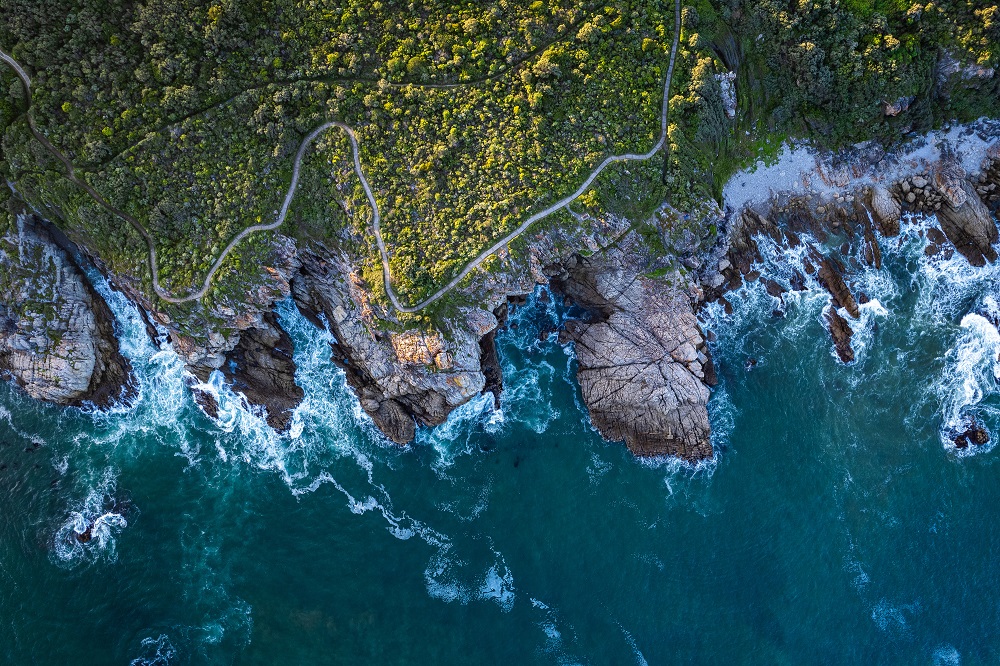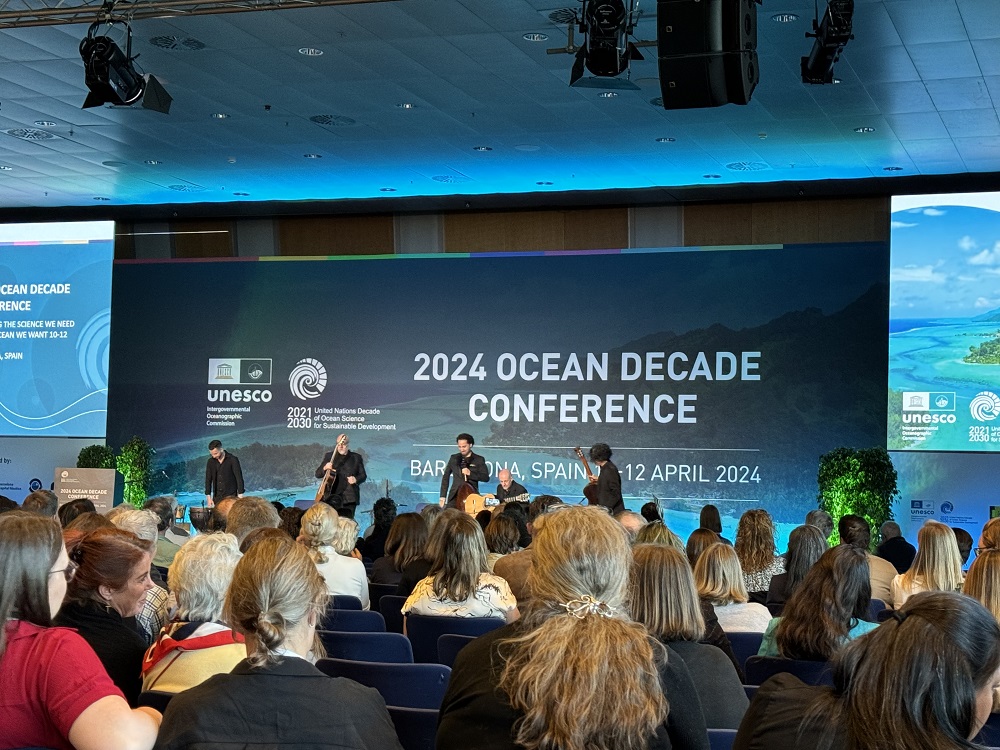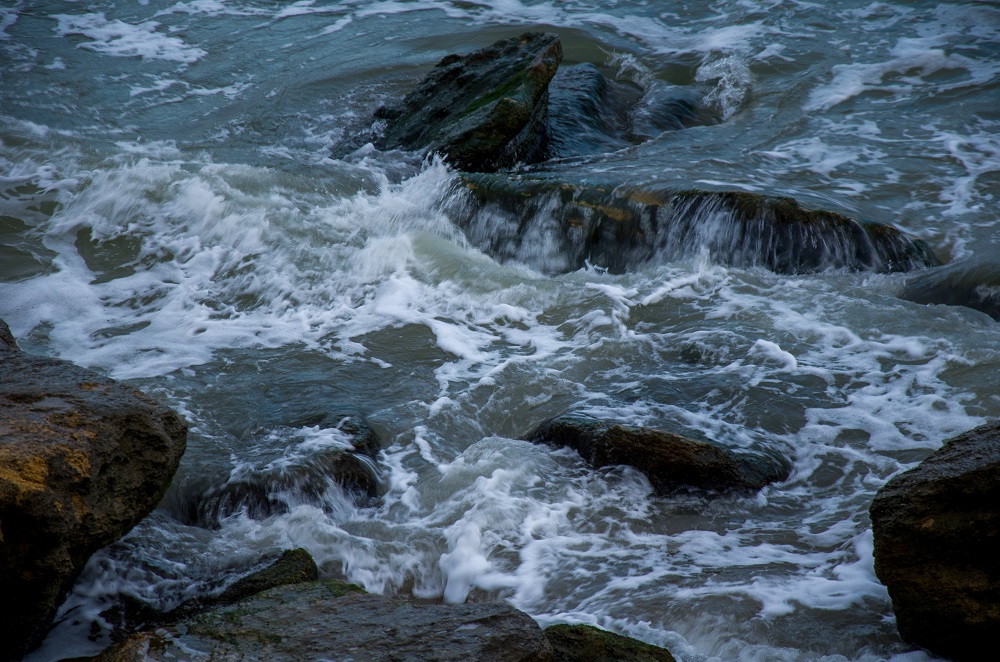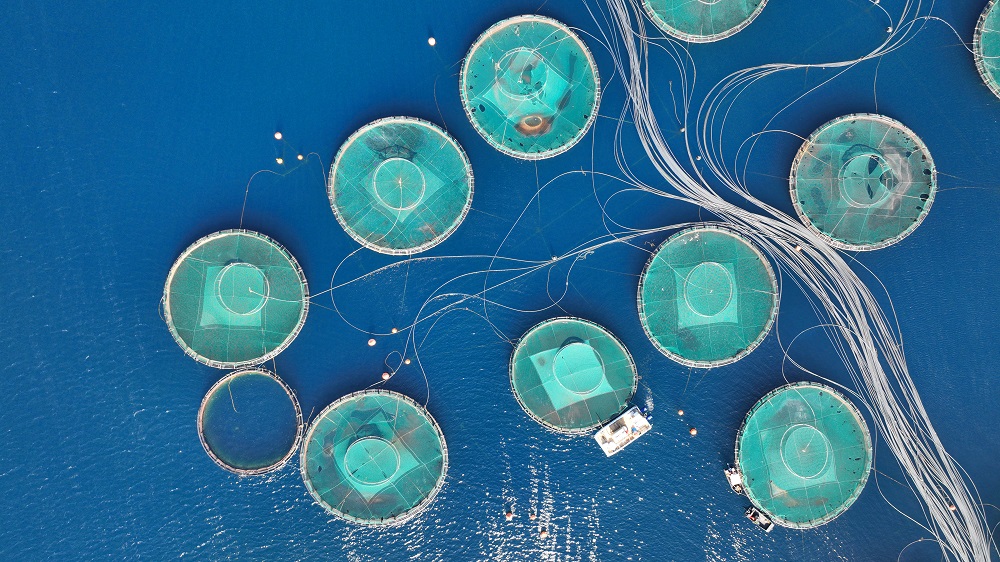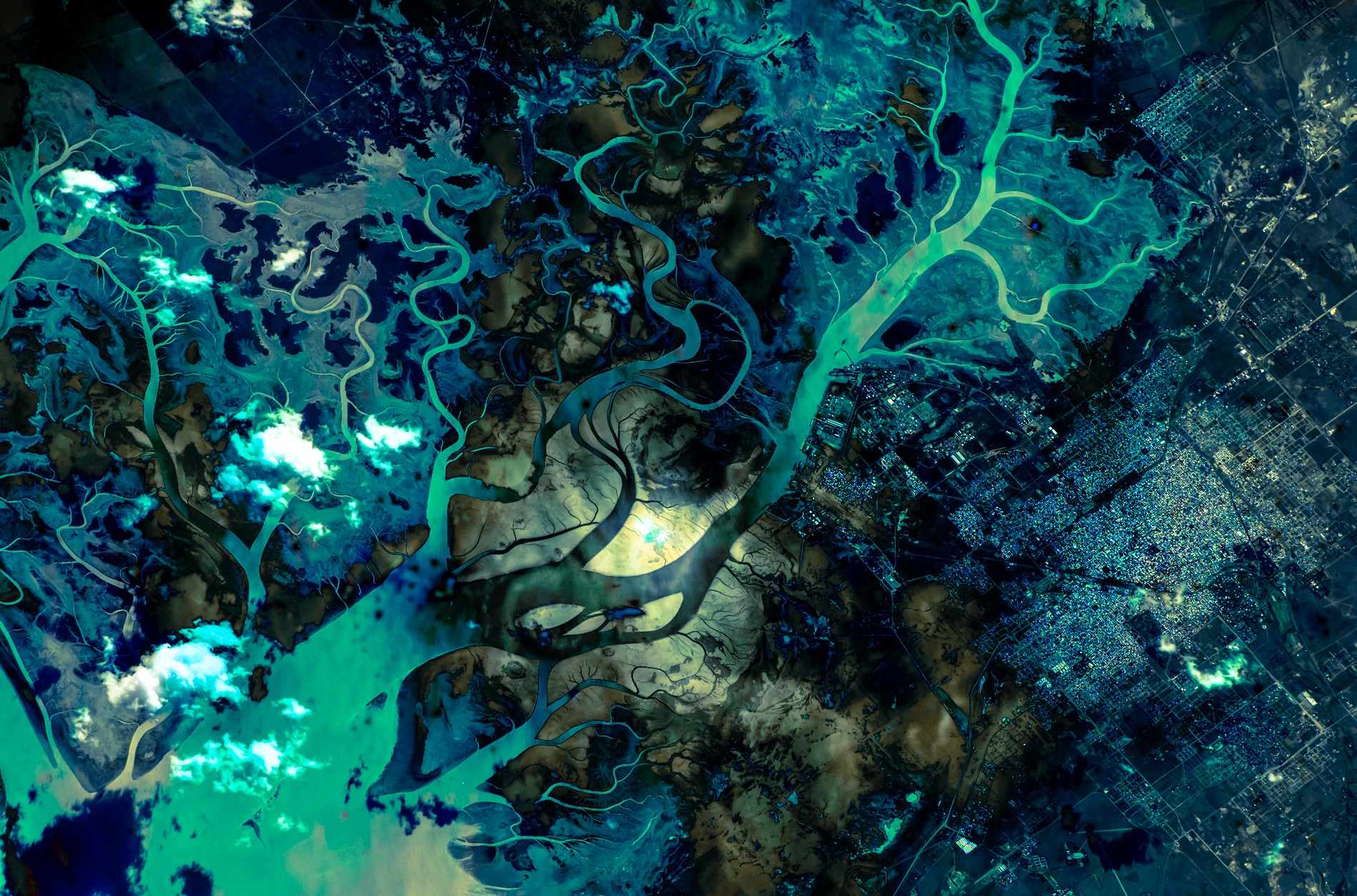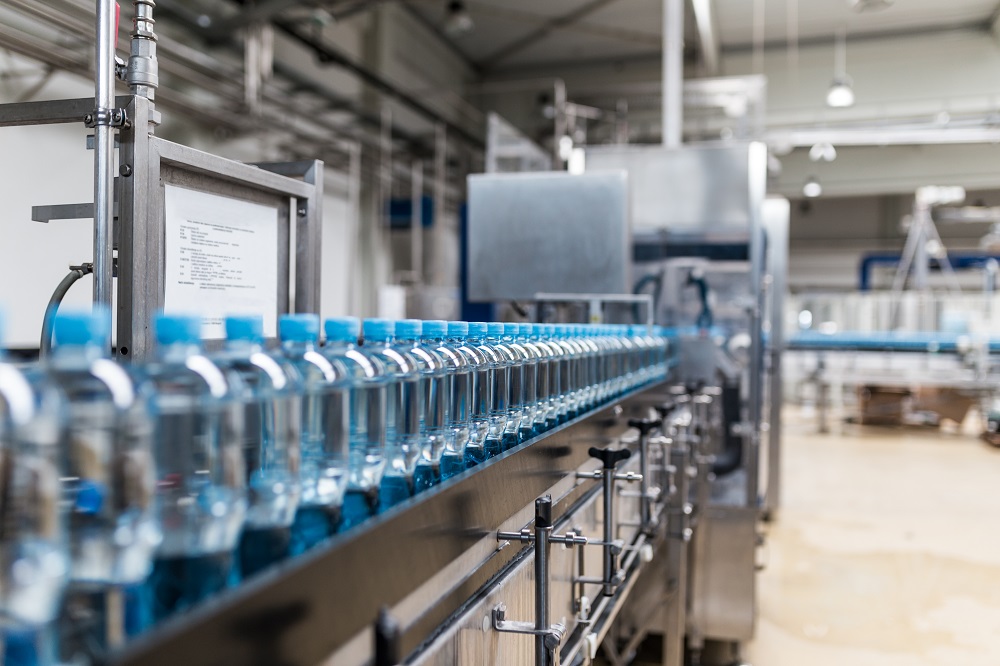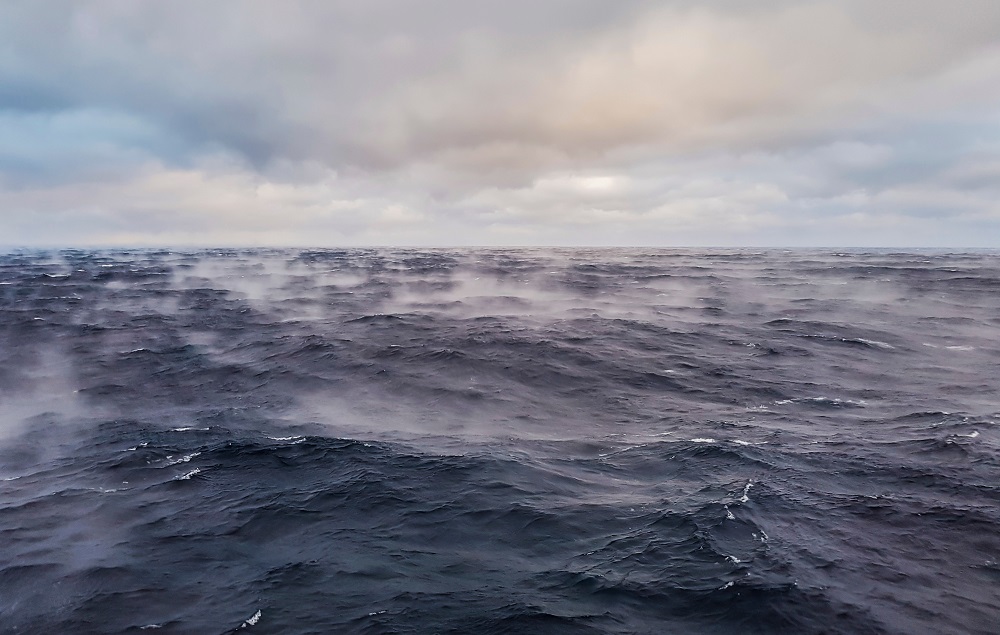Accelerating urbanisation is compounding the problem. The ‘urban creep’ phenomenon refers to the progressive loss of green spaces within cities, resulting in more rainwater in the streets. “The more we build impermeable surfaces in cities, the more water will run off,” says David Butler, co-director of the Centre for Water Systems and professor of water engineering at the University of Exeter. “Surfaces that were once permeable, absorbing water rather than allowing it to enter the sewer system, are disappearing, replaced by paved driveways and artificial grass. On an individual basis, these seem irrelevant, but on a cumulative basis, it’s all adding up.” Every additional input of stormwater means more pressure on the combined sewers.
Most older sewage systems are built on this combined model, so countries with historic infrastructure struggle the most, particularly as climate change produces new, unpredictable weather patterns. “As the climate and rainfall regimes change, we’re seeing warmer, wetter winters and hotter, dryer summers,” says Professor Butler. “Our systems weren’t built with these extremes in mind, so they haven’t kept pace.”

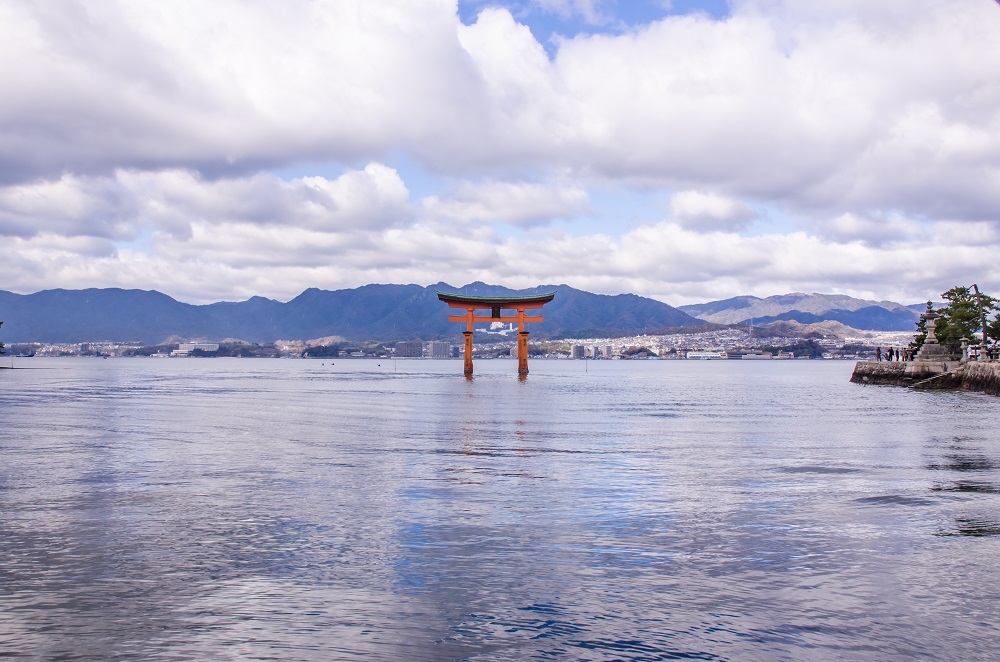

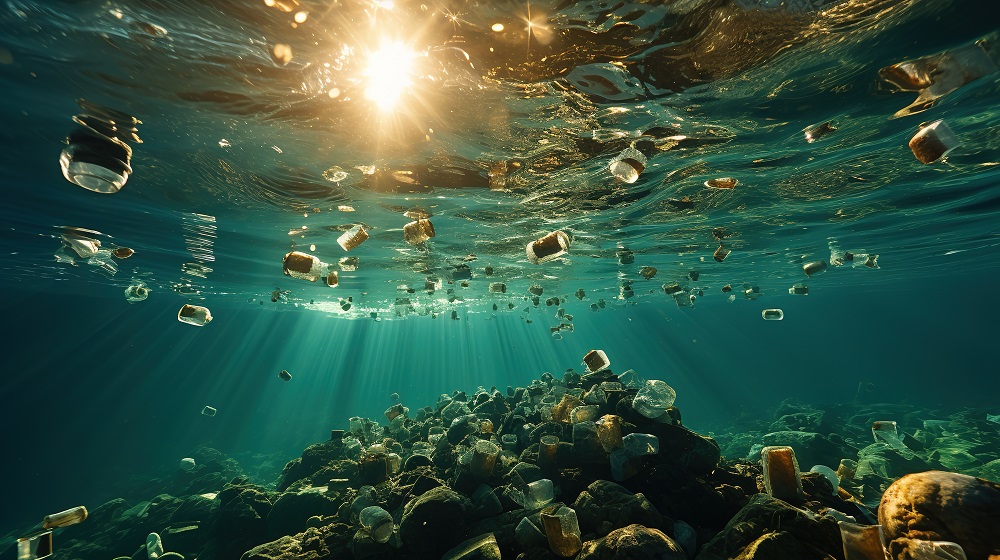

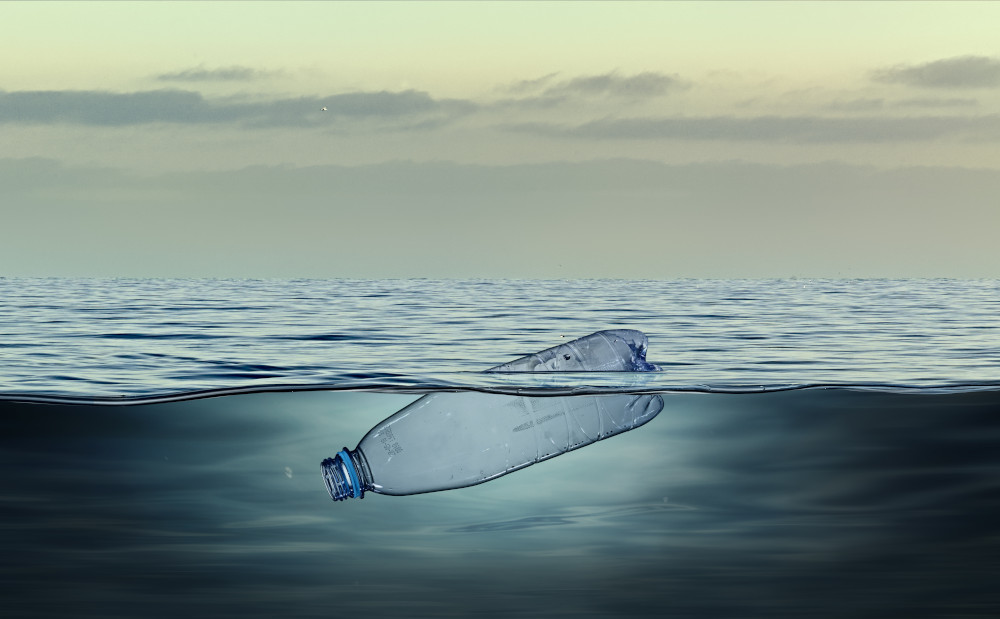



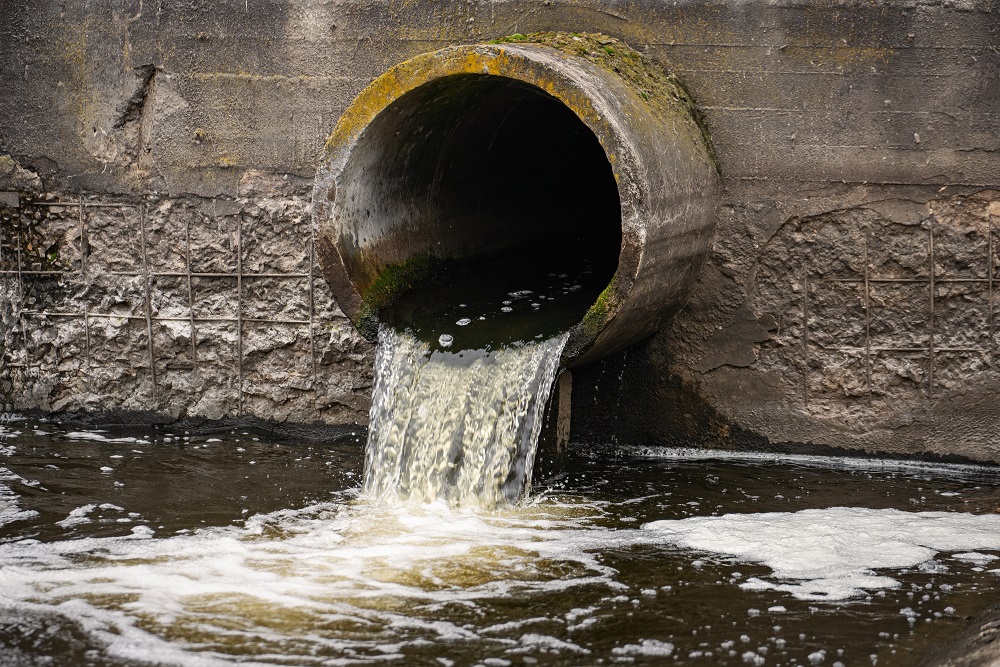 The scourge of untreated wastewater
The scourge of untreated wastewater Slowing
the chemical tide: safeguarding human and ocean health amid
chemical pollution
Slowing
the chemical tide: safeguarding human and ocean health amid
chemical pollution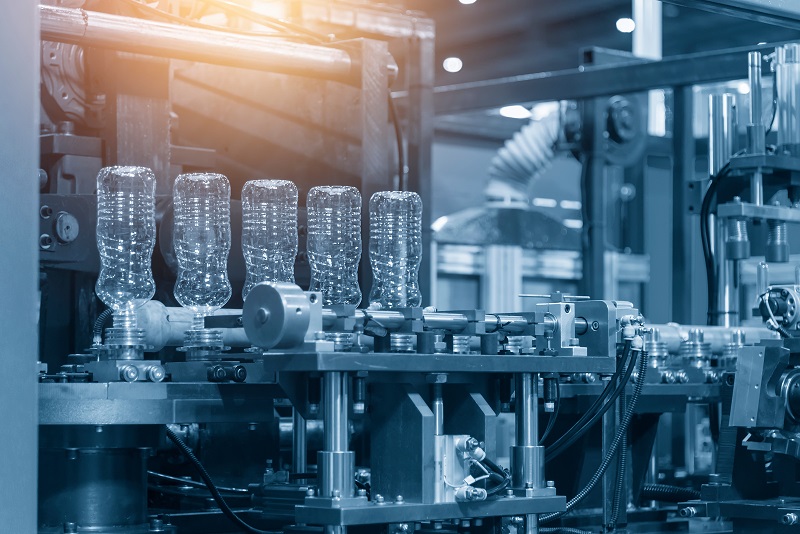 Hazardous chemicals in plastics - the discussions at INC
Hazardous chemicals in plastics - the discussions at INC







